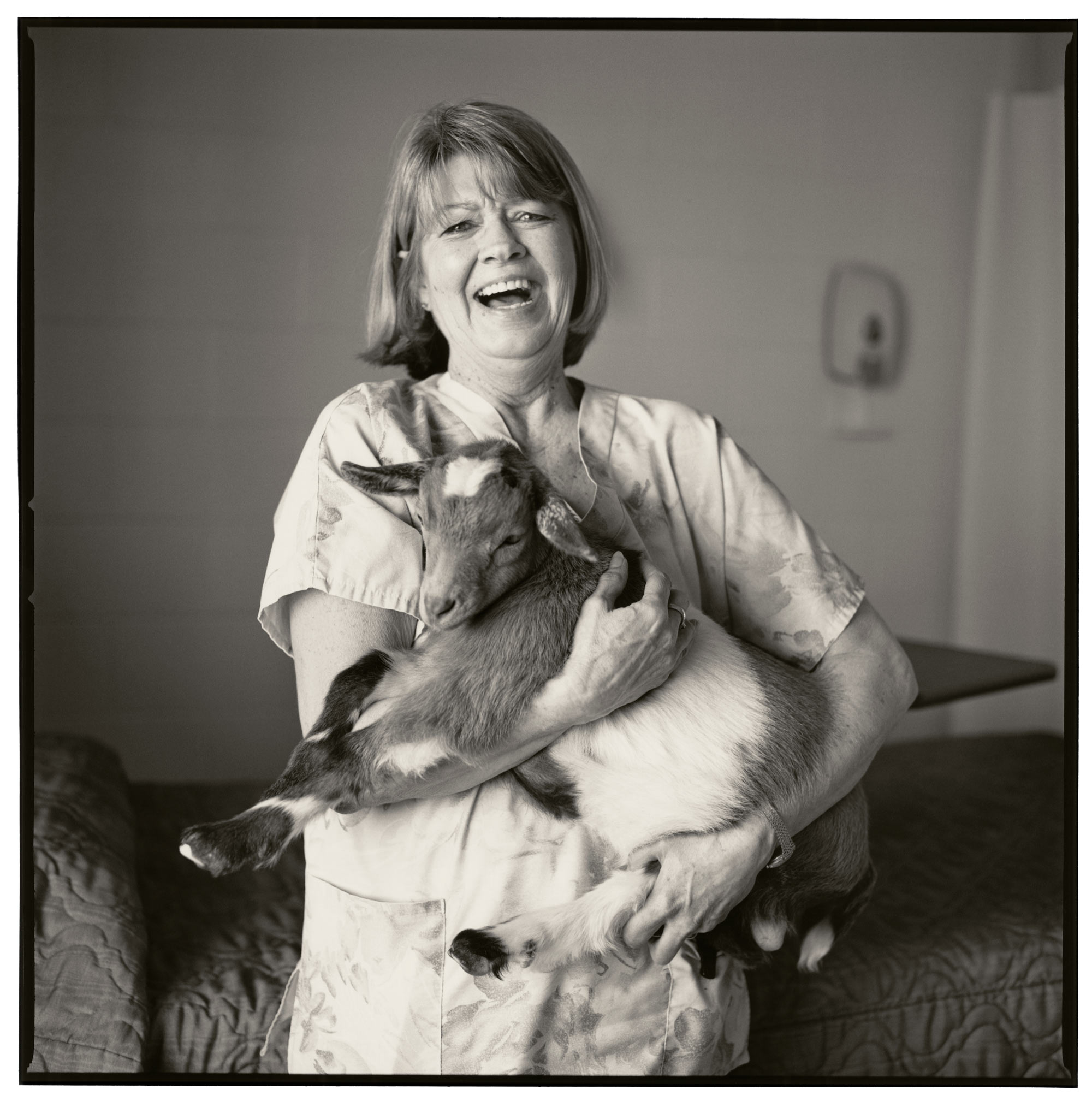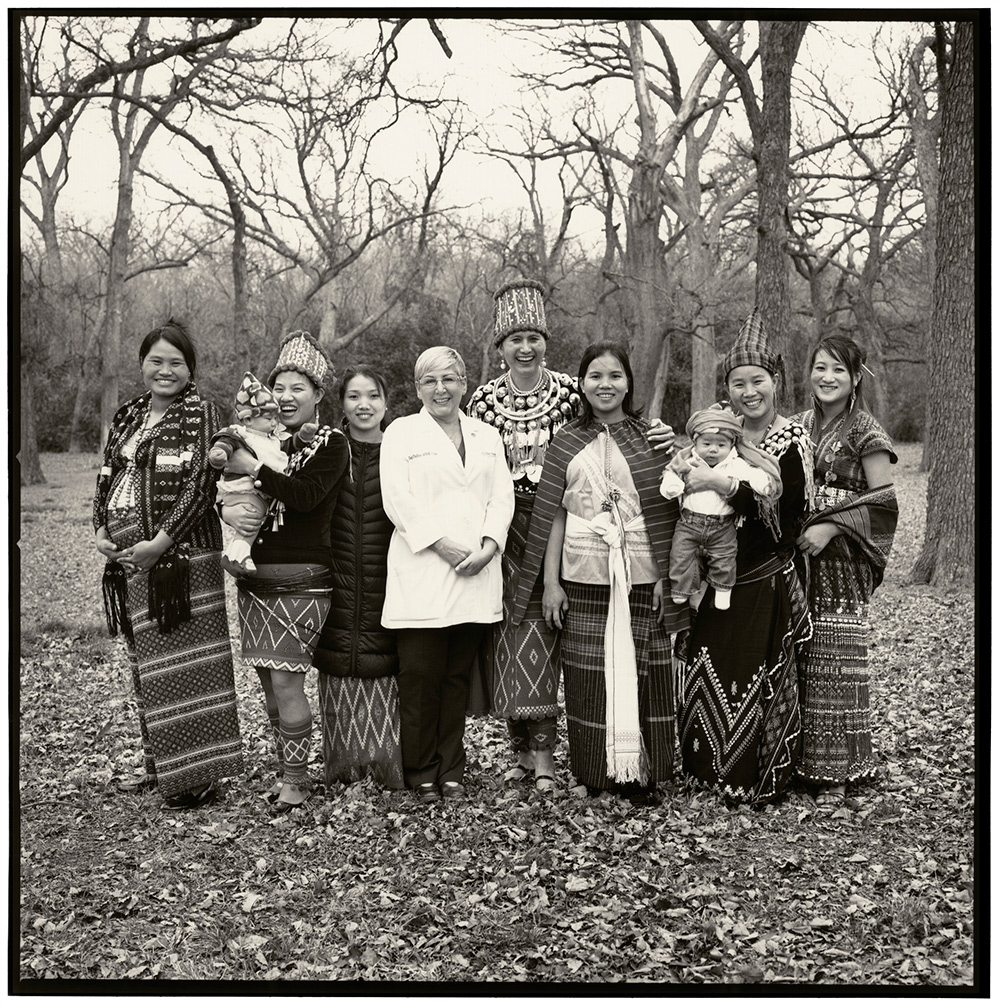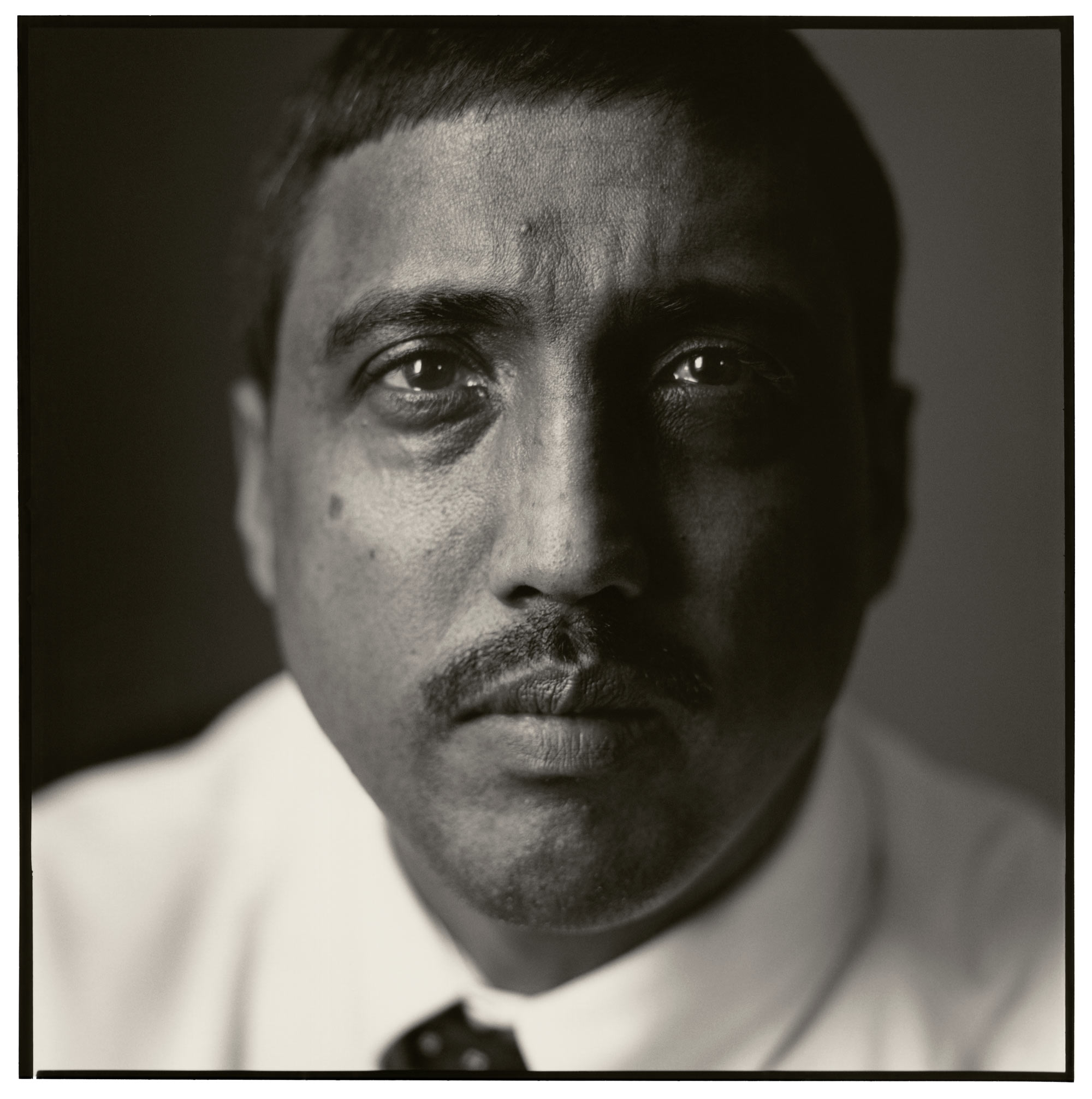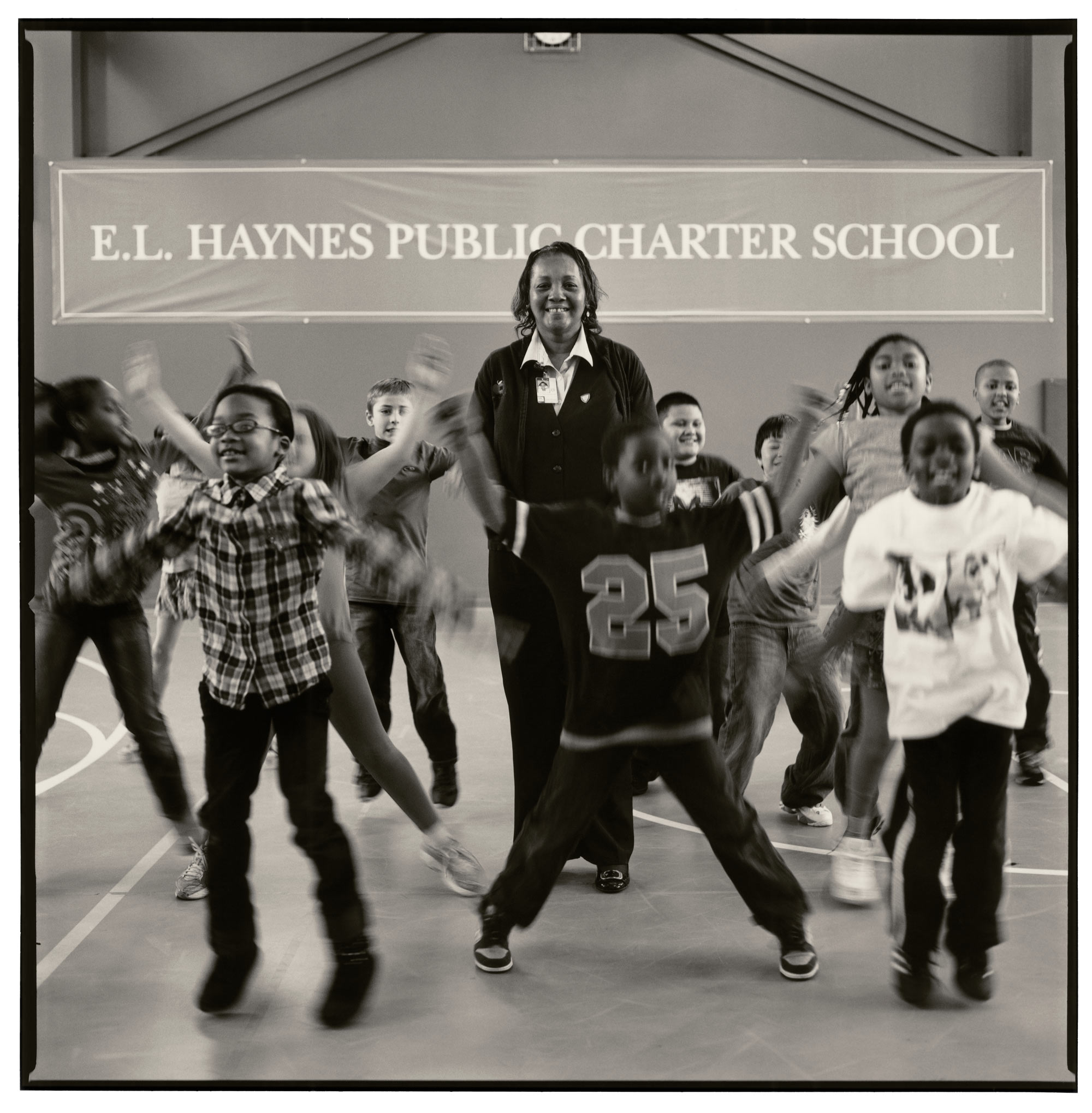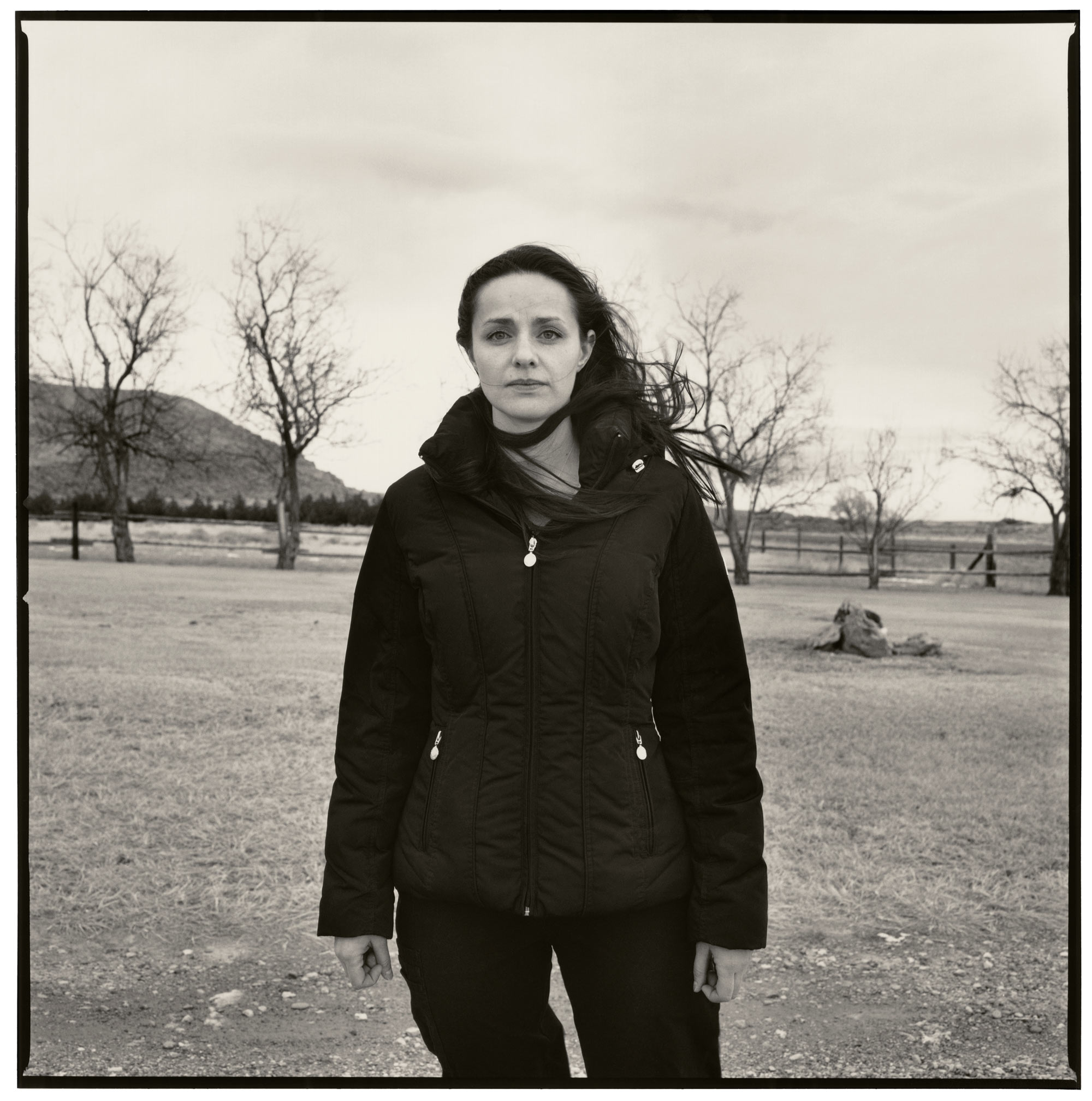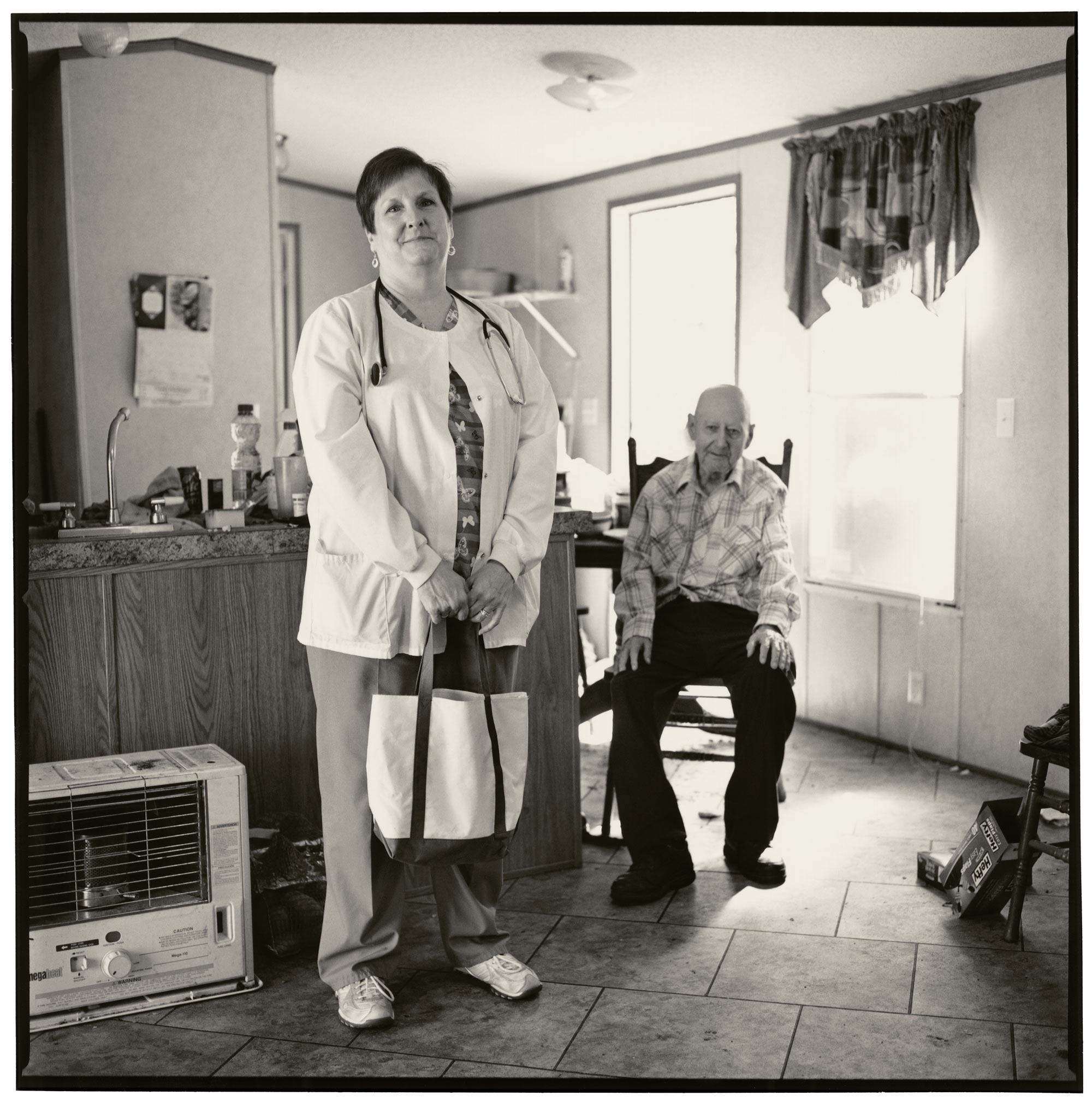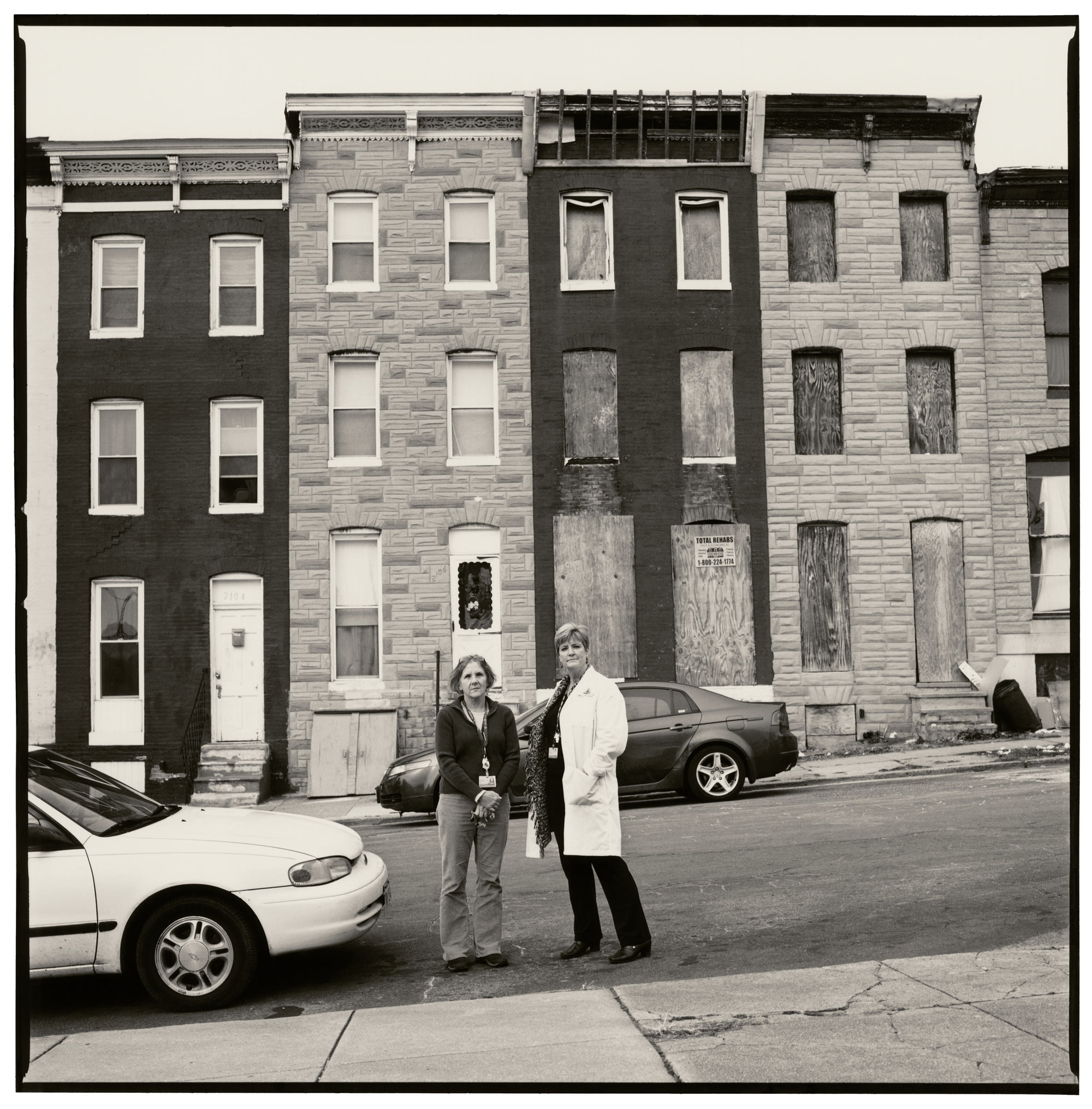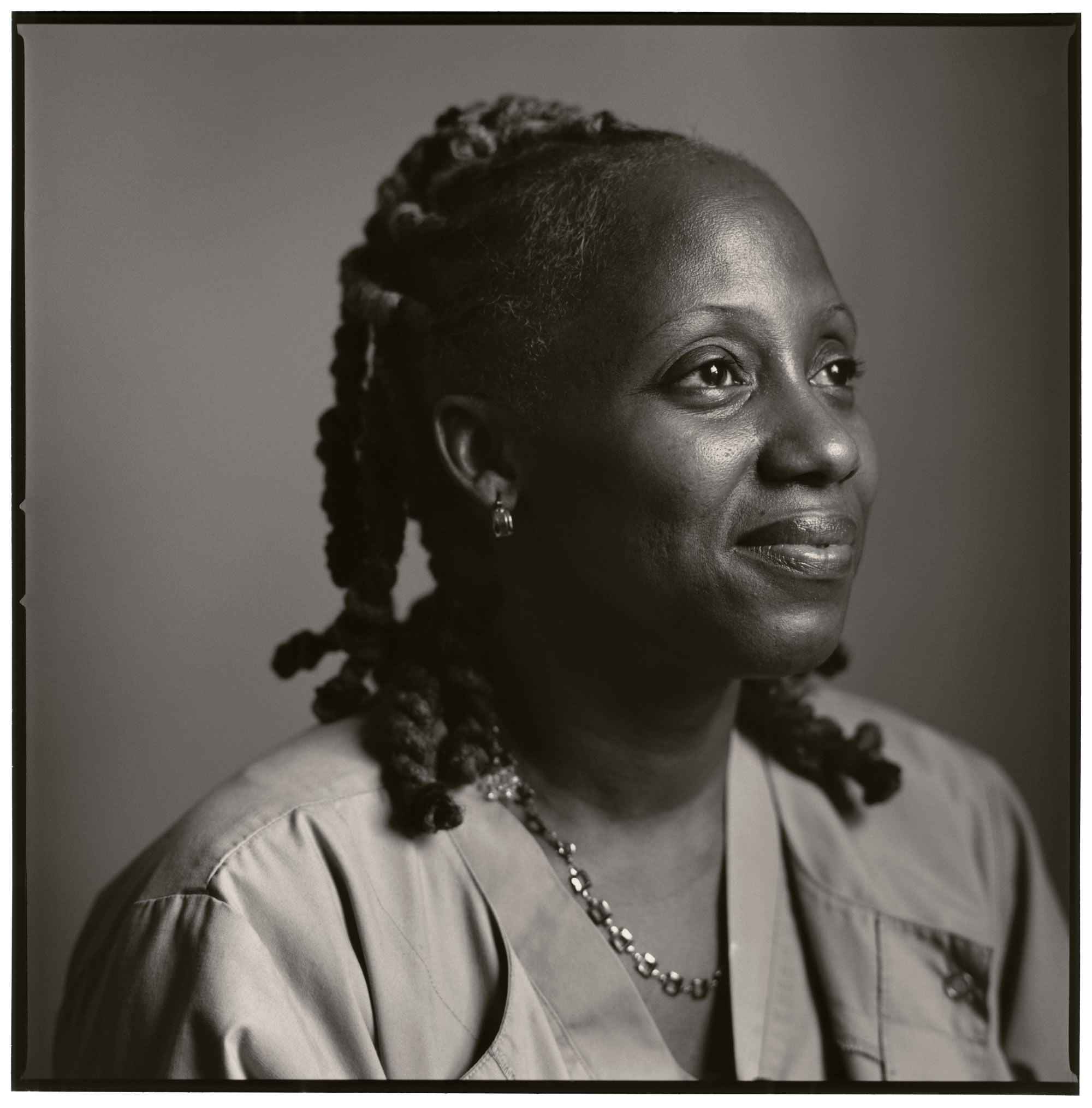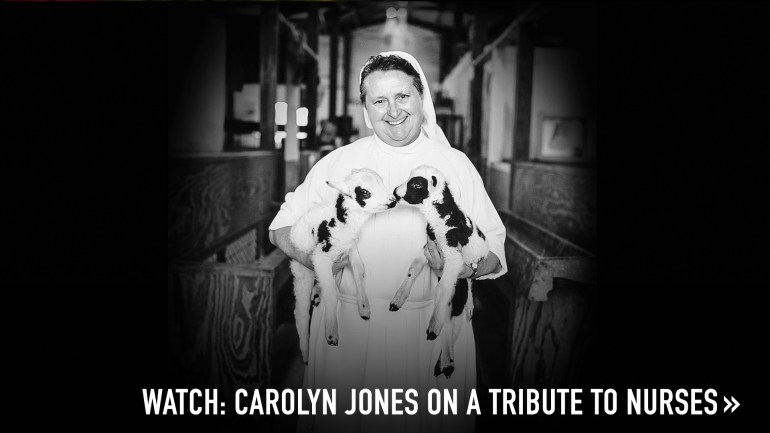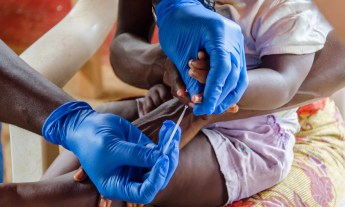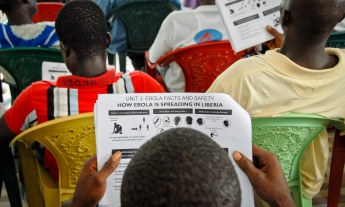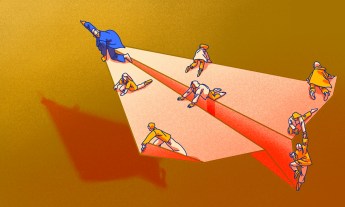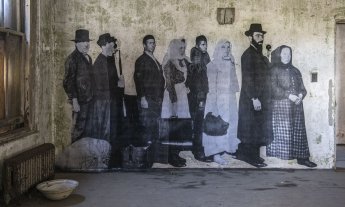A photographer’s lovely visual thank you to some often overlooked medical professionals.
“Sometimes I feel like I don’t make a difference, and it’s great to be reminded that I do.”
That quote is from one of the hundreds of heartfelt notes that photographer Carolyn Jones (TED Talk: A tribute to nurses) received after she published a book of portraits, The American Nurse, and a documentary with the same name. “I think nurses feel a little forgotten,” she says.
In the US, nurses outnumber doctors by more than 4:1, yet they can tend to be seen as peripheral characters, not central figures, in the medical system. “Patients look around the nurse and wait for the doctor to walk in the room, but as soon as the doctor leaves after talking to them, they’ll look at the nurse and ask, ‘Can you explain that to me?’” says Jones. She came to appreciate them herself when she was diagnosed with breast cancer and formed a close relationship with one of her nurses.
“We need to thank them in a bigger way, and the best way is to give them a voice,” Jones says. Through her images and words, she’s tried to fulfill that mission. Here, she introduces us to nine people who exemplify the best of their profession.
Nancy Blanck, Mt. Calvary, Wisconsin
When Blanck was ten and her grandmother got sick, she stayed with her in the hospital, and told her mother that she wanted to grow up to become a nurse. She now works at Villa Loretto Nursing Home; she says that historically patients were sent to nursing homes to die, but now they’re living longer and coming for temporary rehabilitation stays. One reason patients love Villa Loretto, she says, is because of the animals on its adjoining farm; each spring, nurses bring baby animals inside for patients to pet and spend time with.
Debra DuBois, Dallas, Texas
DuBois is a nurse midwife at the Women’s Health Center at Texas Health Presbyterian Hospital Dallas, which serves low-income women during and after their pregnancies. When she kept seeing Burmese refugees among her patients, DuBois took charge of understanding their medical and logistical needs. Her plan included coordinating among the various departments at the hospital to ensure consistent treatment for women who might not speak enough English to advocate for themselves, and working with translators to communicate step-by-step instructions for their hospital stays. Her work expanded into a pediatric clinic that ensures the Burmese babies will receive care as they grow up. Now these processes are being used to help women from other cultures too. Above, DuBois (in white coat) poses with some of the mothers and babies she’s cared for.
Germaine Williams, Baltimore, Maryland
Williams is an operating room nurse at the Johns Hopkins Hospital — she’s the person patients see right before going into surgery and right after they wake up from anesthesia. “I try to smile under the mask and hope they see the twinkle in my eye,” she says. She believes so strongly in her colleagues that when her son came down with a severe case of pneumonia at the age of 19, she arranged for him to be flown in to be treated at Hopkins, where he made a full recovery. Williams has been a nurse there for her entire 26-year career, with the last 16 spent in the operating room.
Mohamed Yasin, Bronx, New York
Yasin grew up in Guyana in South America. His father was thought to possess healing powers: he’d blow a whiff of air on people who were ill. Yasin was the first professional nurse in his family, and now five of his siblings are also nurses. A nurse manager since 1998, Yasin says he enjoys being a mentor, guide and support for new nurses and passing along the knowledge he has acquired.
Dolores Crowder, Washington, D.C.
As a school nurse in the D.C. public school system, Crowder is an employee of Children’s National Medical Center. That means she has the support of a major children’s hospital that is connected to the children it serves. Inspired by former First Lady Michelle Obama, Dolores encourages her students to make healthy lifestyle choices, including taking daily exercise.
Katy Hanson, Riverton, Wyoming
Hanson started her nursing career working on a hospital surgical wing, but she says she felt overwhelmed there and so decided to move to hospice care, which is where she works today. “When people are dying, absolutely the most important thing is their family,” she says. “The family may still be fighting over money or whatever, but the patient just wants to be with the people he or she loves. This has been a good life lesson for me. It strips away all the things that are not essential.”
Robin McPeek, Pikeville, Kentucky
McPeek (shown here with a patient) is the clinical director at Home Care Health Services in rural Appalachia, where she has worked for 21 years. In her career, she says she has witnessed some “shocking home situations.” She has seen countless cases of black lung disease, because coal mining is the main industry in Pike County. McPeek’s husband, his brothers and her father were all miners, and as a result they all suffer from various stages of the disease.
Patricia Abbott, Baltimore, Maryland
Abbott traveled to rural Guatemala to provide healthcare to a Mayan community where 90 percent of people are illiterate. Back home in Baltimore, she realized that eight blocks from her office, people are also living in what she calls “developing world conditions.” Now, Abbott (on the right) and her friend Susan (left) regularly drive out to some of the toughest neighborhoods and install tele-health monitors for their elderly patients.
Sandra Barnes, Bronx, New York
Barnes’s dream is to pass on her gift for caring by opening a school to train nurses and home nursing attendants. She wants to differentiate her school by focusing on compassion as the most important part of nursing. “I think that although compassion is something you are born with, it is also something you can learn,” she says. “A smile can defuse all situations.”

